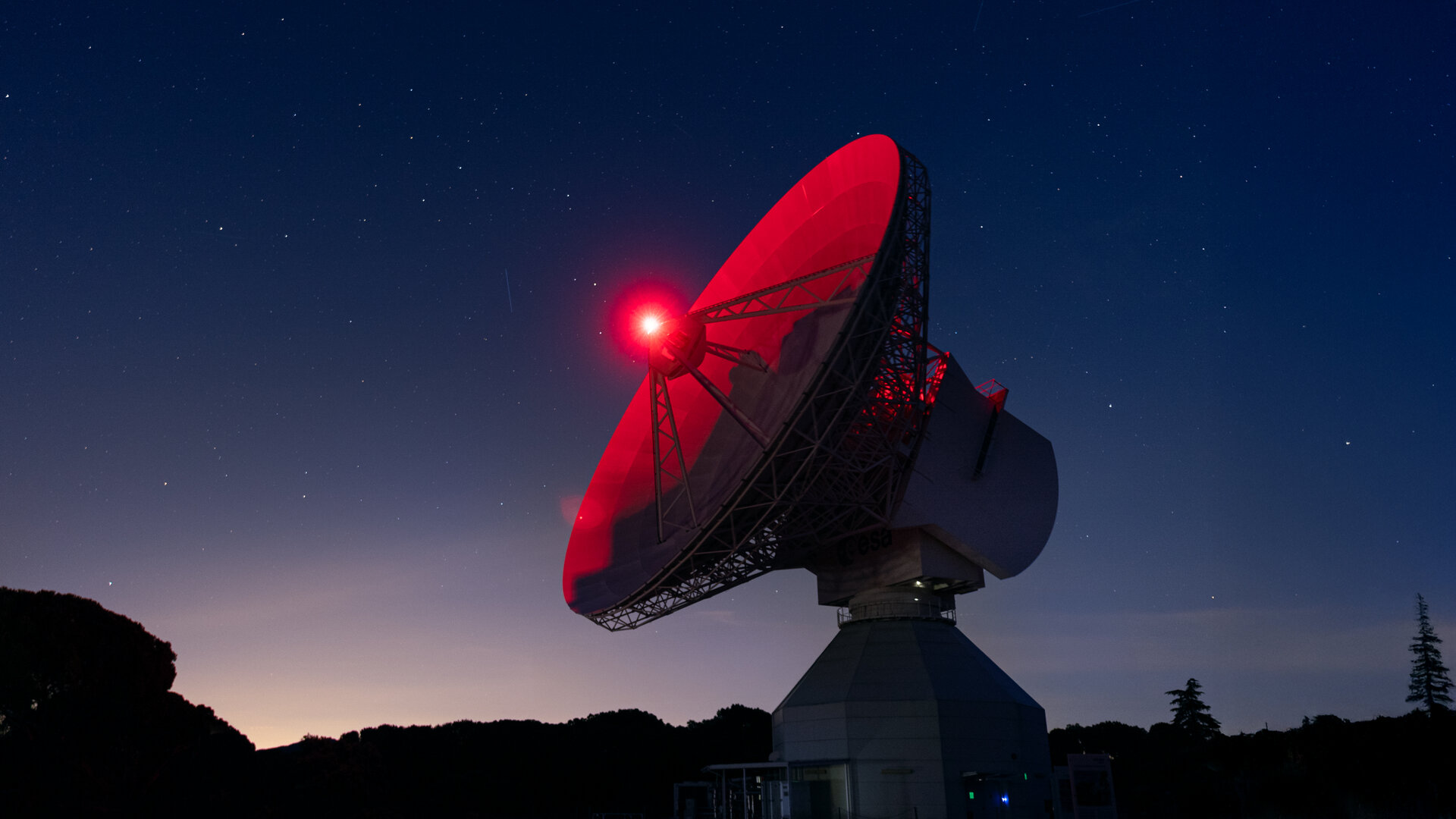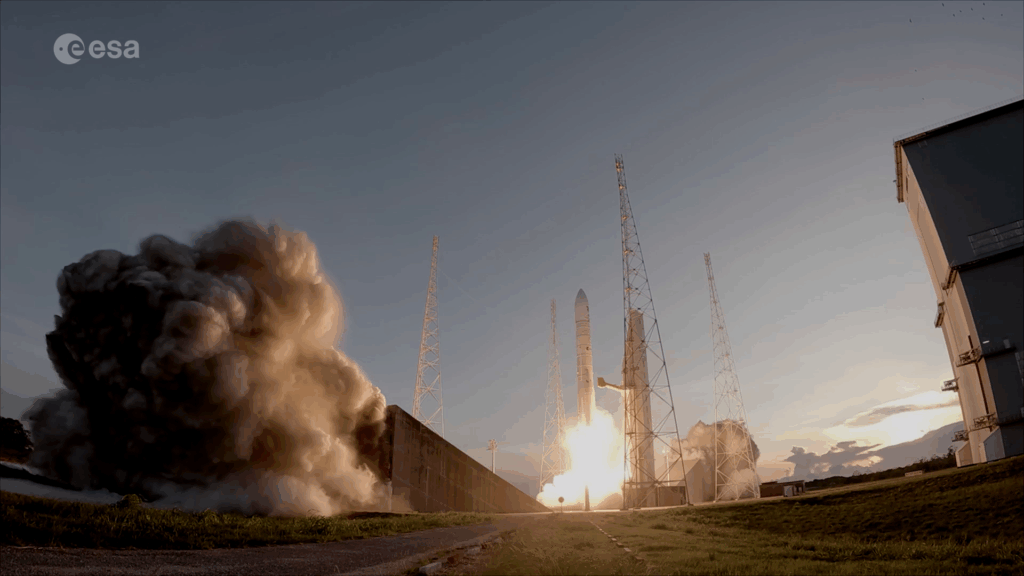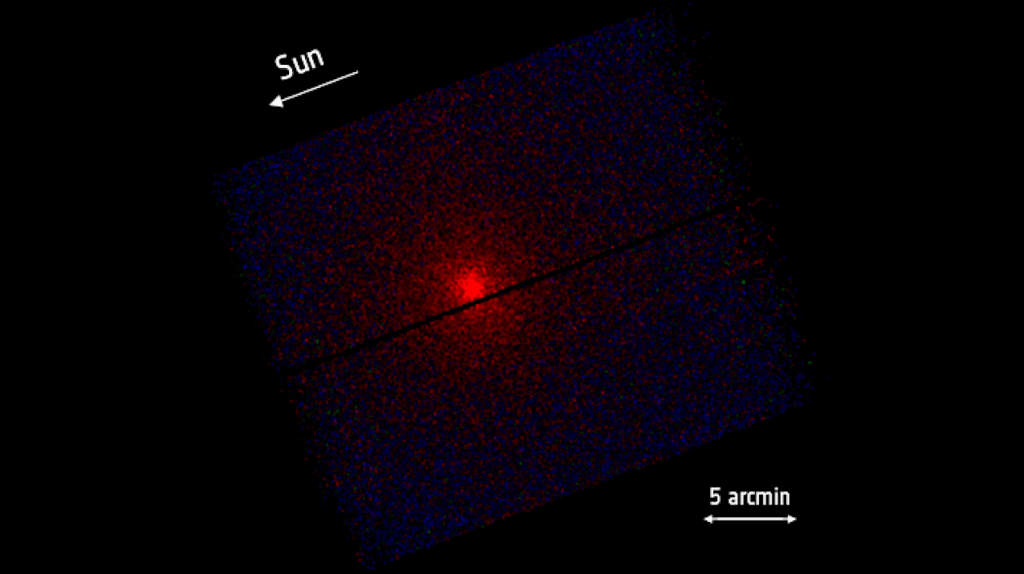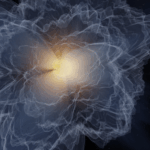Now Reading: ESA transmits the Blue Danube Waltz into deep space
-
01
ESA transmits the Blue Danube Waltz into deep space
ESA transmits the Blue Danube Waltz into deep space


04/06/2025
467 views
13 likes
On 31 May 2025, the European Space Agency (ESA) made history by transmitting a live performance of The Blue Danube Waltz into space from its Cebreros deep space antenna in Spain. This symbolic gesture elevated Johann Strauss II’s famous waltz, often considered the unofficial ‘anthem of space’, to its rightful place among the stars.
When NASA launched the Voyager 1 spacecraft in 1977, it carried with it the now-legendary Golden Record, a curated time capsule meant to portray the richness of human civilization to any extraterrestrial audience. It included photographs, greetings in 55 languages, sounds of Earth, and 27 musical tracks. Yet, despite its cultural significance and frequent use in space-related media, The Blue Danube Waltz was not among them.
To address this omission, ESA and the Vienna Tourist Board collaborated to send the iconic waltz where it rightfully belongs. The occasion coincided with the 200th birthday of Johann Strauss II and the 50th anniversary of the European Space Agency.
Historical transmission
A live performance by the renowned Wiener Symphoniker (Vienna Symphony Orchestra), conducted by Petr Popelka, was held at the Museum of Applied Arts (MAK) in Vienna. At precisely 21:30 CEST, the performance was transmitted into space from ESA’s Cebreros deep space antenna, in Spain.
The signal, travelling at the speed of light, reached as far as the Moon’s orbit in just 1.28 seconds, Mars in 4 minutes and 20 seconds, and Neptune, the solar system’s outermost planet, in about 4 hours. After 23 hours and 3 minutes, it passed the Voyager 1 spacecraft itself, continuing on into the vast unknown.
Cultural milestone for Cebreros
Located just a few dozen kilometres from Madrid, the Cebreros ground station was inaugurated in 2005 as the second deep space antenna in ESA’s Estrack satellite tracking network. With its 35-meter dish, it provides routine support to ESA deep-space missions, like: Mars Express, BepiColombo, Juice and Hera.
The antenna also supports missions from international partners, such as NASA, CNES and JAXA, boosting science return and operational efficiency for all parties involved.
Now, as ESA celebrates 50 years of Estrack and 20 years of Cebreros, the station has also become the site of a cultural milestone, transmitting a composition that has long been associated with space exploration.
Global celebrations
While the music waltzed into space, Earth hosted its own celebrations. In addition to the concert in Vienna, public screenings were held in Madrid, New York, and Vienna.
A parallel event was held at ESA’s Cebreros station, attended by ESA scientists, dignitaries, media, and international partners. Highlights included a live performance and a panel discussion featuring prof. Carole Mundell (ESA Director of Science), Octave Procope-Mamert (Head of ESA’s Ground Facilities Operations Division), Mag. Enno Drofenik (Austrian Ambassador to Spain), and Catharina Riess (Media House Director, Vienna Tourist Board).
Waltz into Space: Mission accomplished!
Stay Informed With the Latest & Most Important News
Previous Post
Next Post
-
 012024 in Review: Highlights from NASA in Silicon Valley
012024 in Review: Highlights from NASA in Silicon Valley -
 02Panasonic Leica Summilux DG 15mm f/1.7 ASPH review
02Panasonic Leica Summilux DG 15mm f/1.7 ASPH review -
 03From Polymerization-Enabled Folding and Assembly to Chemical Evolution: Key Processes for Emergence of Functional Polymers in the Origin of Life
03From Polymerization-Enabled Folding and Assembly to Chemical Evolution: Key Processes for Emergence of Functional Polymers in the Origin of Life -
 04How New NASA, India Earth Satellite NISAR Will See Earth
04How New NASA, India Earth Satellite NISAR Will See Earth -
 05And Thus Begins A New Year For Life On Earth
05And Thus Begins A New Year For Life On Earth -
 06Astronomy Activation Ambassadors: A New Era
06Astronomy Activation Ambassadors: A New Era -
07SpaceX launch surge helps set new global launch record in 2024




















